The goal is to develop a good eye in photography, and understanding negative space is one of the most effective ways to improve your composition. It builds a relationship between your main subject and the background, with only a small part of your composition that has the object on it. Less is definitely more. It has a unique effect that commands more attention away from your subject. As a result, viewers will take more time to look at it.
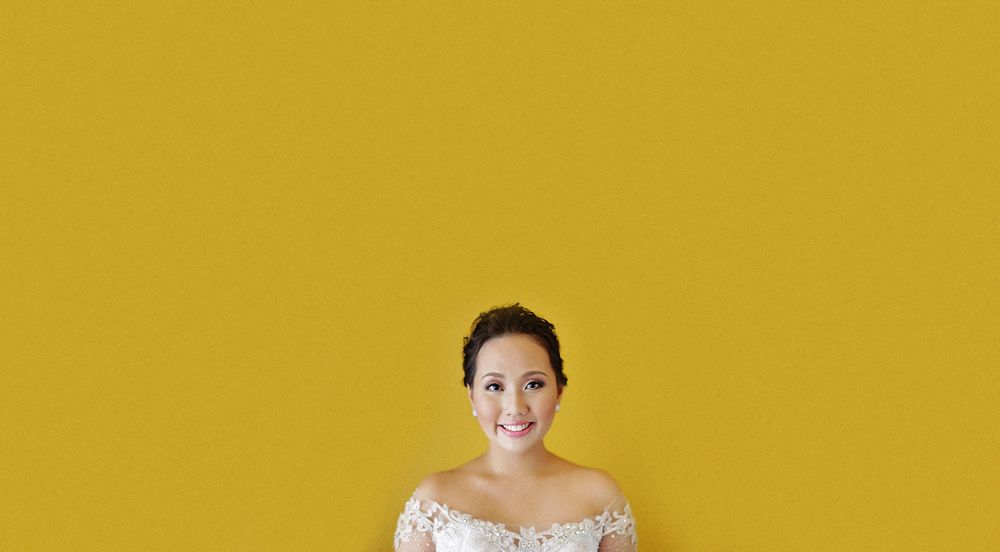
#fotografíashare: Shot on Canon 6D and 50mm Lens // ISO 200 f/1.8 1/60 sec
A typical negative space can be a large plain area of a background, for example, the sky, water, or blank walls, while the unusual can be anything from shadows, to dark alleys or overly bright areas.
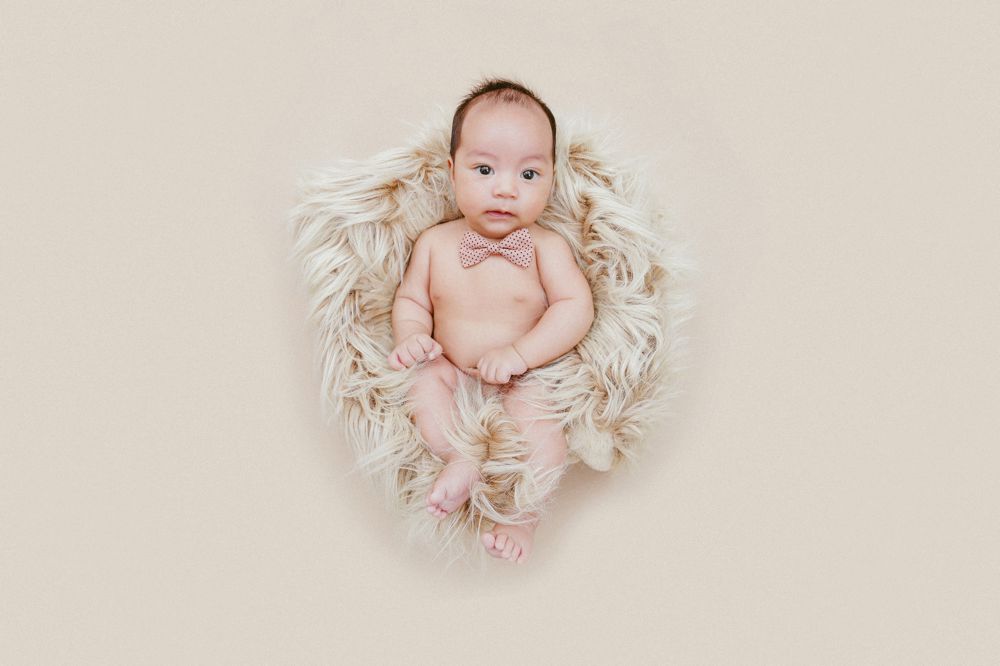
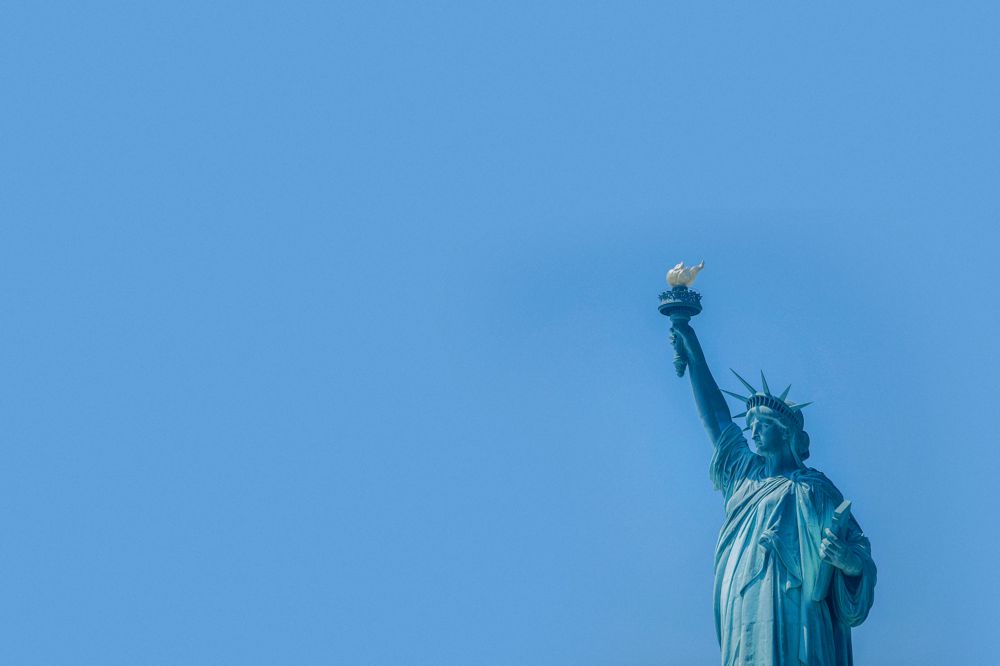
#fotografíashare: Shot on Canon 6D Mark II and 70-200mm Lens // ISO 100 f/2.8 1/2000 sec

#fotografíashare: Shot on DJI Mavic Pro FC220 // ISO 100 f/2.2 1/4000 sec
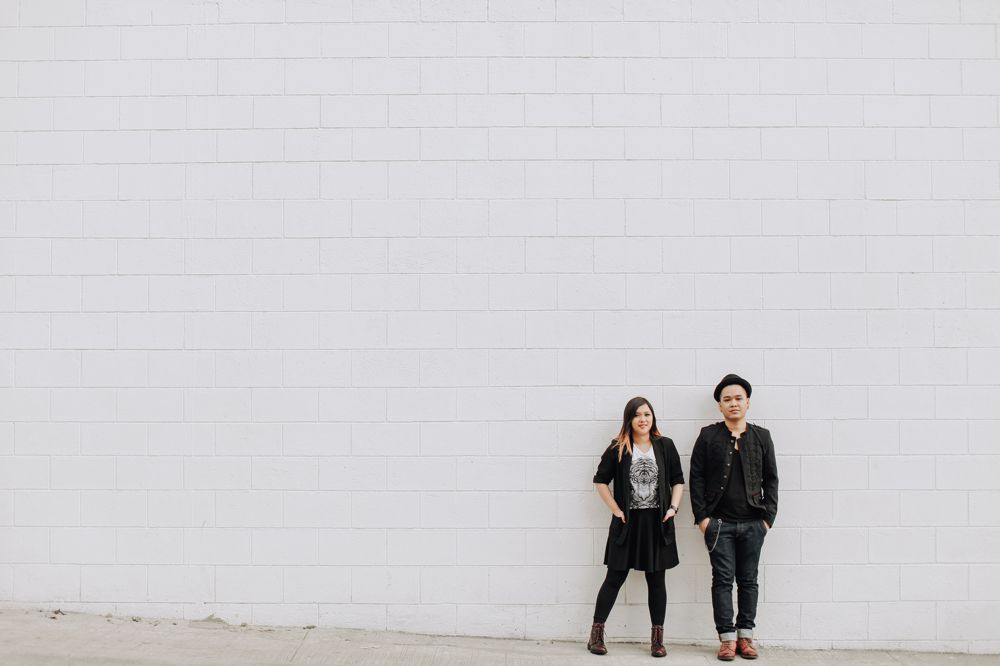
#fotografíashare: Shot on Canon 5D Mark II and 50mm Lens // ISO 100 f/2.2 1/250 sec
Not limited to these examples, a negative space can also be things surrounding the subject that blends into the background.
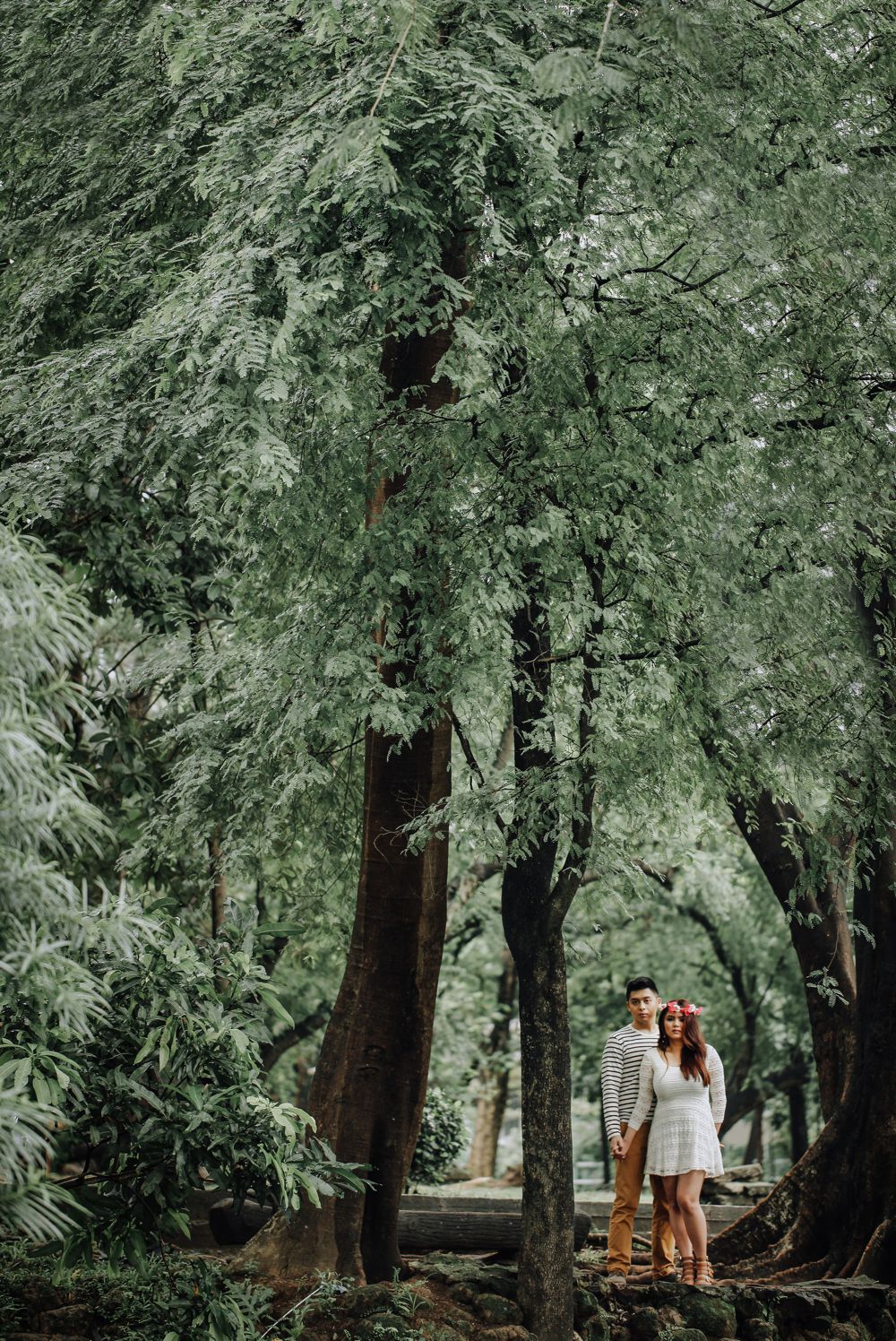
#fotografíashare: Shot on Canon 5D Mark II and 100mm Lens // ISO 500 f/2.8 1/80 sec
A negative space is easily noticeable from afar. This will pull your eyes towards the main subject and once your done inspecting, it will wander back through to the negative space. Further more you will realize that your eyes were drawn to what matters most, the subject.
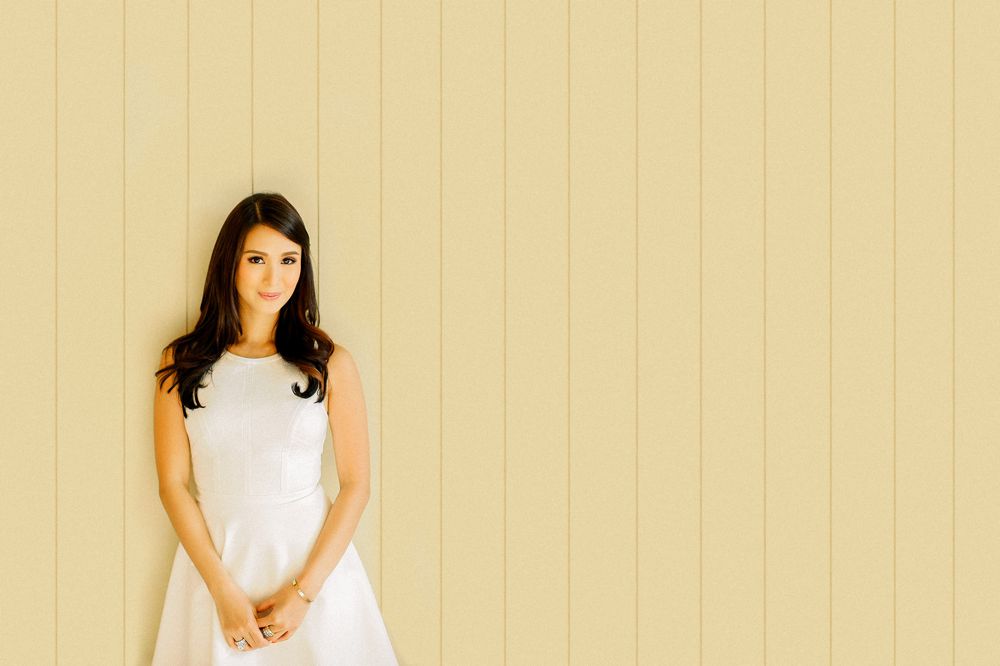
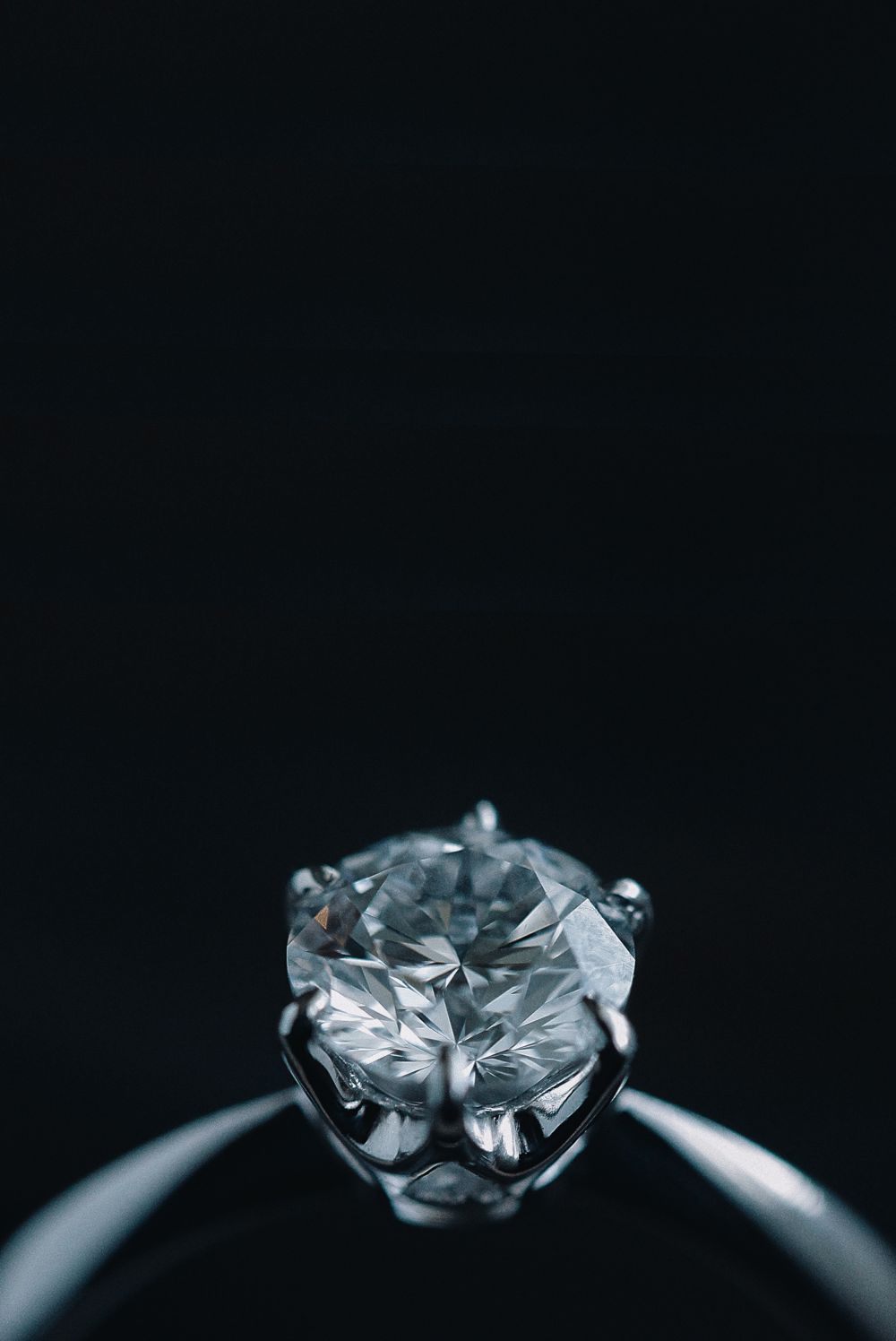
#fotografíashare: Shot on Canon 5D Mark II and 100mm Lens // ISO 1600 f/5.6 1/160 sec

#fotografíashare: Shot on Canon 6D and 100mm Lens // ISO 100 f/4.0 1/800 sec
They say negative space is perhaps the most deceptively easy. Seriously, you are just playing around with where you want your viewers to look in your image, but having this practice consistently in your mind develops how you see things.
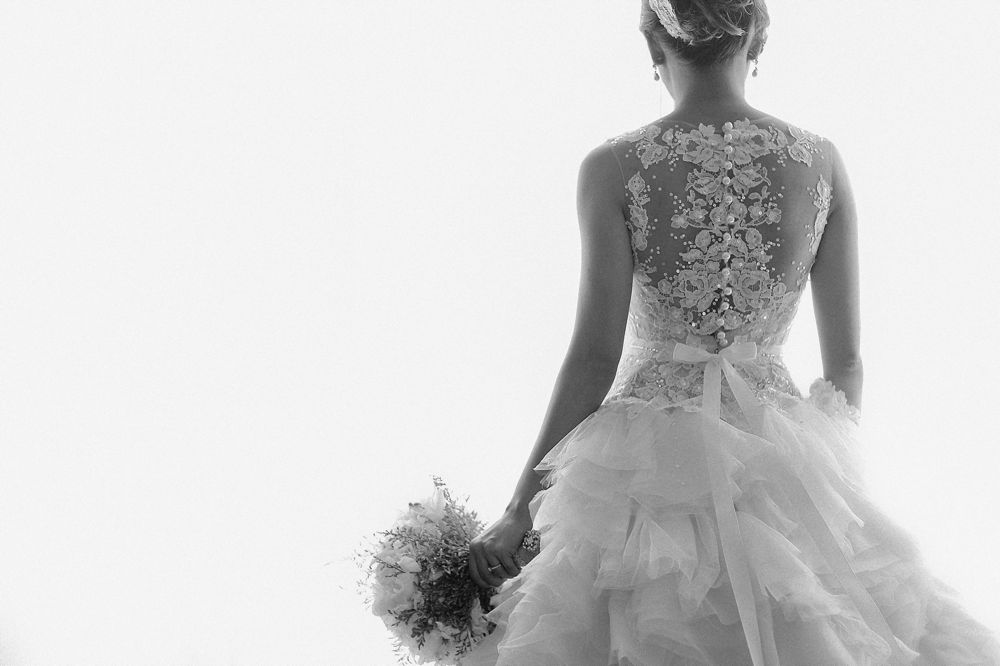
#fotografíashare: Shot on Canon 5D Mark II and 50mm Lens // ISO 100 f/2.2 1/125 sec
